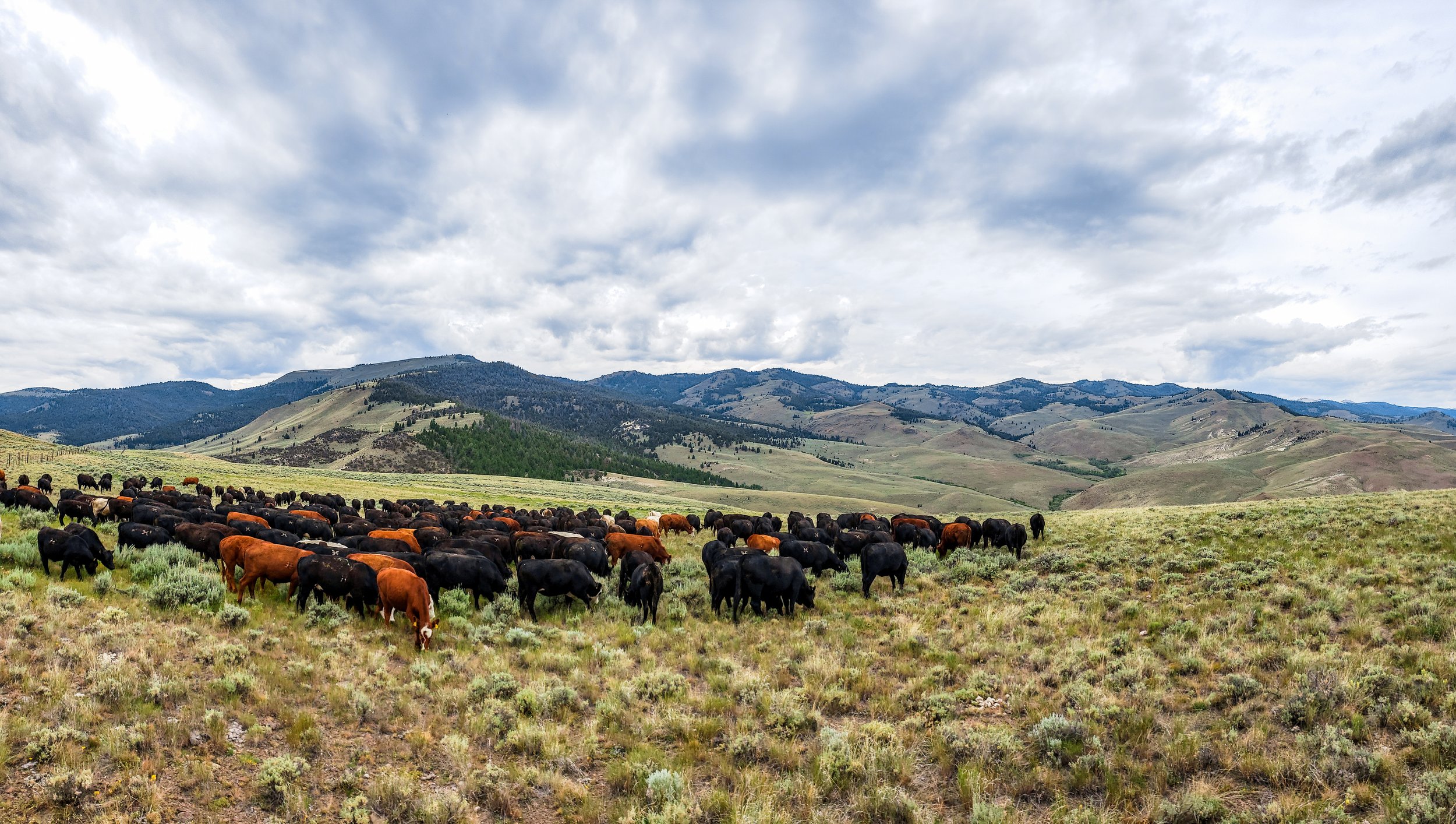Convening: Cattle and Conservation– the future of virtual fencing
Need and opportunity
Ranchers across the western US have begun using virtual fencing technology to streamline their operations and reduce the hassles of maintaining miles of fencing. Because these fences can also impede the movements of wildlife, an underappreciated benefit of this technology is its ability to improve habitat connectivity and contribute to conservation goals. It therefore benefits not only ranchers but the community at large to speed knowledge and adoption of virtual fencing where appropriate.
We brought together more than 40 leaders from all corners of the virtual fence industry - including ranchers currently using the technology, government officials and policymakers whose work includes agricultural considerations, scientists studying animal movement, conservation organizations, and virtual fence technology developers.
Where we are
The workshop allowed experts to share their insights on the current state of virtual fencing and its potential to benefit land, wildlife, and water resources. We discussed the challenges that need to be overcome to expand its use and make it financially viable, while also outlining a clear plan and research steps for the future of this technology. Participants came away a stronger shared understanding of the opportunities, challenges, and potential approaches to speed the adoption of virtual fencing technology in the region and beyond.
Where we’re going
Workshop proceedings, summaries, and key take-homes will be shared widely as we complete them.
Team members
Arthur Middleton
Arthur is an associate professor in the Department of Science, Policy, and Management at the University of California, Berkeley and also acts as the Senior Advisor on Wildlife Conservation for the US Department of Agriculture. He leads a variety of interdisciplinary research efforts on wide-ranging wildlife and large-landscape conservation, and works actively to ensure positive outcomes of this work for communities.
Kristin Barker
Kristin serves as the research coordinator for the Beyond Yellowstone Living Lab. Her research primarily focuses on migration ecology, predator-prey dynamics, and anthropogenic influences on animal behavior. She’s spent most of the last two decades living and working in the Rocky Mountains, hiking, camping, biking, skiing, paddling, hunting, and doing lots of fieldwork.
Jerod Merkle
Jerod is an assistant professor and the Knobloch professor of migration ecology and conservation at University of Wyoming. Jerod’s research program is twofold. He and his team study the intricacies of the movement and migration of big game, and develop data products and tools to facilitate their conservation and management.
Drew Bennett
Drew is the Whitney MacMillan Professor of Practice of Private Lands Stewardship in the Haub School of Environment and Natural Resources at the University of Wyoming. Drew's work focuses on strategies to balance agricultural production and the conservation of wildlife and other natural resources on private lands in the American West. He has previously worked with The Nature Conservancy on a cattle ranch in eastern Colorado and for the Mesa Land Trust in western Colorado.






